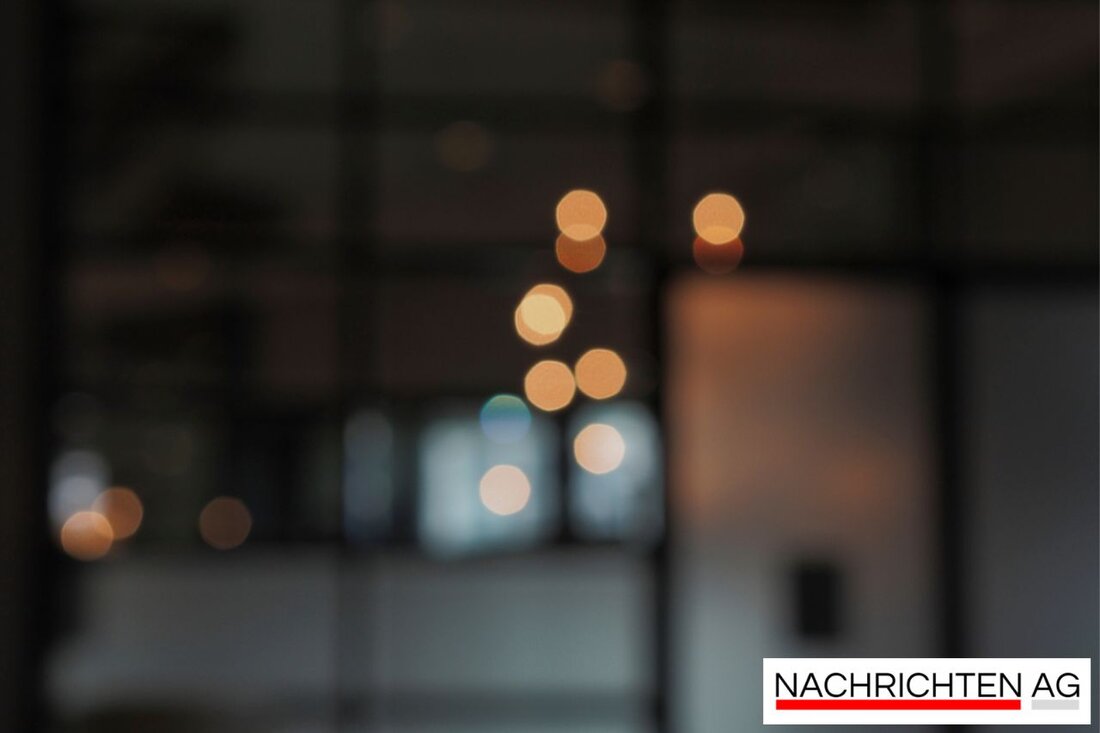Shooting star highlight: Perseid Night in Bremen on August 12th!
Watch the Perseid shooting star shower in Bremen on August 12, 2025, ideal with little light pollution.

Shooting star highlight: Perseid Night in Bremen on August 12th!
On the night of Wednesday, August 12, 2025, stargazing fans can look forward to a very special sight: the annual Perseid meteor shower reaches its maximum. These spectacular celestial phenomena, also known as the “Tears of Saint Lawrence,” are the result of Comet 109P/Swift-Tuttle, which orbits the Sun every 133 years. During this time, the comet loses material that crosses Earth at this time every year. Millions of small pieces of rock burn up in the Earth's atmosphere and emerge as bright shooting stars. As butenunbinnen.de reports, the sky in the second half of the night is best suited for observing the shimmering meteors.
The constellation Perseus, from which the meteors appear to erupt, is recommended for observation, especially if you pay attention to a clear view towards the northeast. Places with little light pollution are ideal for perfect observation, with the Metalhenge viewpoint in Bremen being particularly suitable. The conditions there are optimal to avoid light pollution in the city. The weather looks promising for the evening as it should remain dry everywhere, although thicker clouds are expected in the north, especially between Bremen and Berlin. With temperatures between 13 and 20 degrees Celsius, it remains pleasant and a little cool, which creates perfect conditions for a night under the stars.
Comet 109P/Swift-Tuttle
Comet 109P/Swift-Tuttle, discovered in 1862 by Lewis A. Swift and Horace Parnell Tuttle, creates this fascinating meteor shower. With a diameter of around 26 kilometers and an extremely elliptical orbit, this comet moves between 0.96 astronomical units (AU) at perihelion and up to 51.23 AU at aphelion. Although the comet's closest approach to Earth will not take place until 2126, the meteors that delight us in August remain year after year from its material. The comet's orbit is at an inclination of 67 degrees to our ecliptic, which also contributes to the variety of meteor showers we can observe.
Tips for observing the Perseids in 2025
If you want to hunt for shooting stars this night, you should be prepared for the best moments to occur shortly before dawn. During this time there could be up to 10 meteors per hour, most visible before dark. The ideal solution is to lie down comfortably and look at the sky above you. The visibility of the meteors depends on several factors, including the height of the radiant above the horizon and the visual threshold brightness of the attentive observer. Sometimes the light of the moon also plays a disruptive role, and this year the maximum is expected three days after the full moon. This may indeed result in a “total failure”, but the anticipation of the elegance of the Perseids remains unbroken.
Overall, the night of August 12, 2025 promises to be an impressive experience for all hobby astronomers and star lovers. A little patience and finding the right location will be worth it - an incomparable spectacle awaits in the sky! Further information and detailed observation tips can be found at astroverein.at and Wikipedia.

 Suche
Suche
 Mein Konto
Mein Konto